8 Tips For Keeping Your Pet Shark Safe And Happy In A Home Aquarium

Owning a pet shark can be both thrilling and fulfilling, yet it also presents distinct challenges. Caring for a shark is not like caring for a typical pet fish; it demands a substantial commitment of time, resources, and specialized knowledge.
Ensuring the well-being and contentment of your finned companion requires meticulous planning from the outset, a keen eye for detail in every aspect of their care, and a deep understanding of their complex needs. So, here are some crucial tips to help you establish a flourishing habitat for your finned companion.
1. Choose The Right Aquarium Size

When it comes to housing a pet shark, size truly matters. Sharks need ample space to swim freely, and confining them to a small tank can lead to stress and health problems. As a general rule, your aquarium should be at least three times the length of the shark and as wide as possible to allow for unhindered movement. This gives your shark the room it needs to explore and exercise, which is essential for its well-being.
Investing in a large, spacious tank is crucial because it mimics the natural habitat of the shark. Sharks are not accustomed to cramped spaces, and providing them with plenty of room helps in reducing anxiety. Moreover, a bigger tank allows for better water circulation, which is vital for maintaining a healthy environment.
Consider the future growth of your shark when selecting the tank size. A juvenile shark might seem comfortable in a smaller setup, but they grow rapidly. Planning for their adult size from the beginning will save you from the hassle of upgrading tanks frequently. Proper tank size is the foundation of a happy shark’s life.
2. Maintain Optimal Water Quality

Ensuring pristine water quality is paramount when it comes to caring for a pet shark. Sharks are sensitive creatures, and poor water quality can lead to a host of health issues. Regularly testing the water parameters such as pH, ammonia, nitrate, and nitrite levels is crucial. Maintaining a balanced ecosystem within the tank helps in preventing diseases and promoting longevity.
To keep the water conditions ideal, invest in a high-quality filtration system. A reliable filter will efficiently remove waste and toxins, keeping the environment clean and safe for your aquatic companion. Additionally, regular water changes are necessary to maintain cleanliness and balance.
Adding beneficial bacteria supplements can also help in breaking down waste products. These bacteria play a vital role in keeping the ecosystem stable and healthy. By ensuring optimal water quality, you create a thriving environment where your pet shark can flourish. Consistency is key, so regular monitoring and adjustments will ensure your shark remains healthy and content.
3. Provide A Balanced Diet
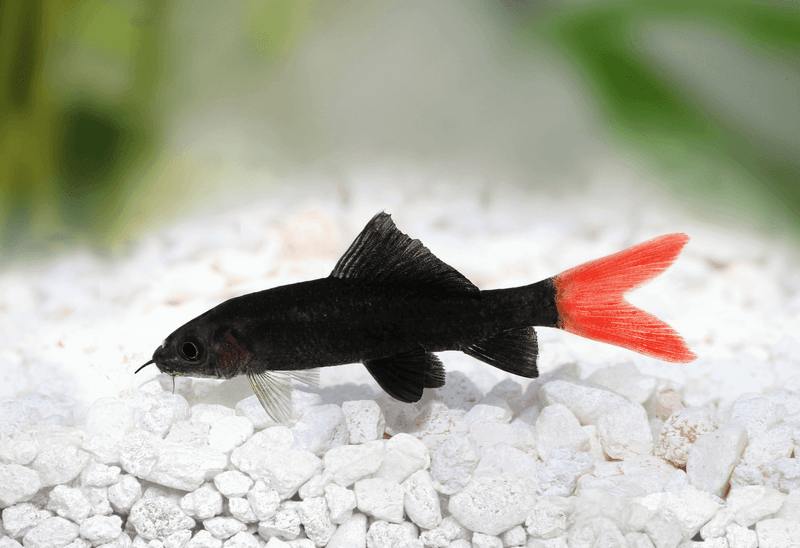
Feeding your pet shark a balanced and nutritious diet is essential for its health and happiness. Sharks are carnivorous creatures, requiring a diet rich in protein. Offering a variety of foods such as fish, squid, shrimp, and other seafood ensures they receive the necessary nutrients.
It’s important to vary the diet to prevent nutritional deficiencies and boredom. Feeding your shark on a consistent schedule helps in regulating its metabolism and promoting healthy growth. Uneaten food should be removed promptly to maintain water quality and prevent health issues.
Supplements can also be beneficial in providing essential vitamins and minerals. However, it’s crucial to consult with a veterinarian or a marine specialist to ensure the diet meets the specific needs of your shark species. Providing a balanced diet not only contributes to your shark’s physical health but also enhances its overall well-being and happiness.
4. Create A Stimulating Environment
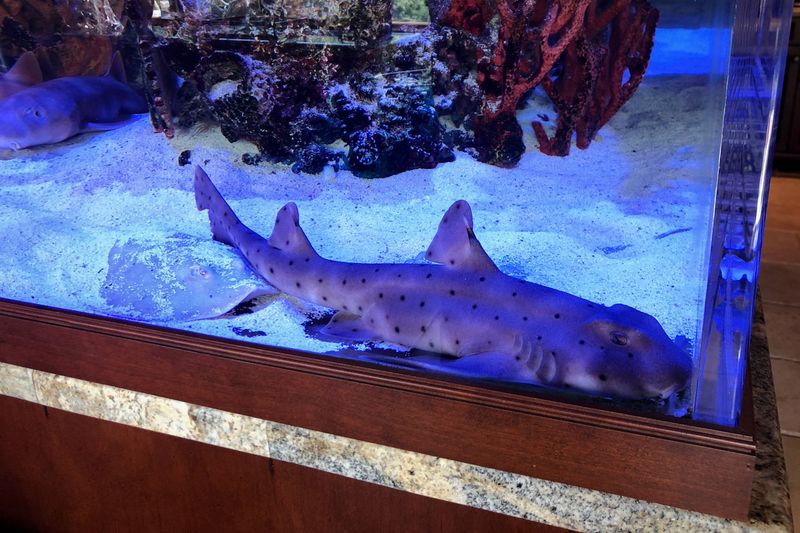
A stimulating environment is crucial for the mental well-being of your pet shark. Sharks are intelligent creatures and require mental stimulation to stay happy and healthy. Creating a habitat that mimics their natural surroundings can significantly enhance their quality of life.
Incorporate rocks, plants, and other natural elements to provide hiding spots and areas for exploration. This setup encourages natural behaviors and reduces stress levels. Sharks enjoy exploring their surroundings, and a varied environment keeps them engaged and interested.
Lighting and water currents can also play a role in creating a realistic habitat. Mimicking day and night cycles with lighting can help regulate your shark’s biological rhythms. Additionally, water currents simulate the natural movement of oceans, providing exercise and stimulation. By thoughtfully designing the environment, you offer your shark a fulfilling and happy life.
5. Monitor Health Regularly
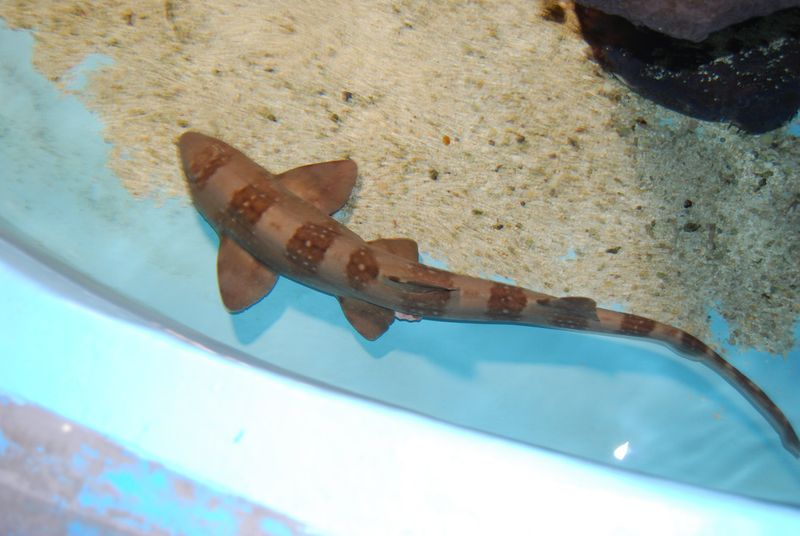
Regular health monitoring is essential for ensuring the well-being of your pet shark. Observing your shark’s behavior and physical condition can help in identifying potential health issues early. Common signs of distress include changes in swimming patterns, loss of appetite, and visible injuries or abnormalities.
Routine health check-ups with a marine veterinarian are recommended to ensure your shark remains in good health. These professionals can provide expert advice and identify issues that might not be visible to the untrained eye. Keeping a record of your shark’s health and any changes in behavior can be valuable during these consultations.
In addition to professional check-ups, daily observations are important. Pay attention to feeding habits, activity levels, and interactions with the environment. Early detection of problems can prevent minor issues from becoming serious health concerns. By staying vigilant, you ensure a long and healthy life for your aquatic pet.
6. Ensure Proper Tank Mates
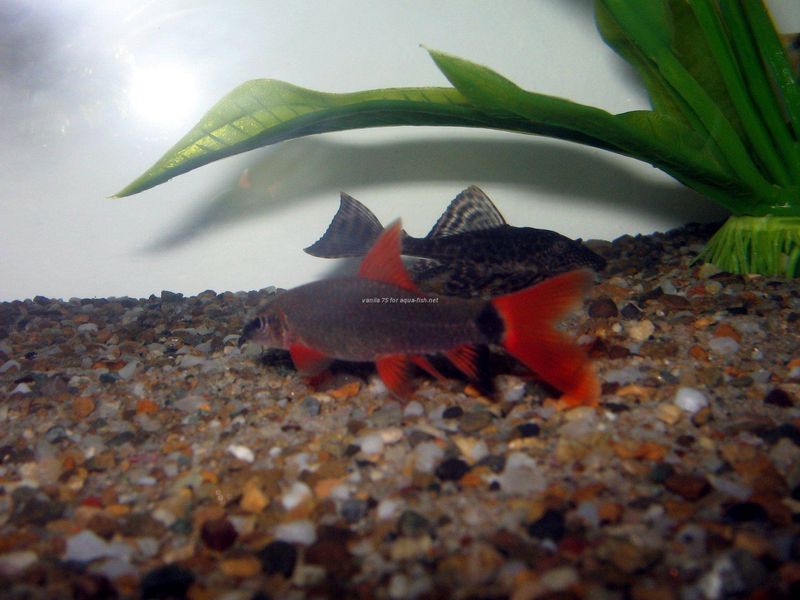
Choosing the right tank mates for your pet shark is a delicate process that requires careful consideration. Sharks can be territorial, and introducing inappropriate species can lead to aggression and stress. Select species that are compatible with sharks in terms of size and temperament.
Avoid housing small, slow-moving fish with your shark, as they may become prey. Instead, opt for larger, fast-swimming species that can coexist peacefully. Researching the specific needs and behaviors of potential tank mates is crucial in creating a harmonious environment.
It’s important to introduce any new fish gradually and monitor interactions closely. Providing plenty of hiding spaces and territory can help reduce conflict. By ensuring proper tank mates, you create a more dynamic and engaging environment for your shark, contributing to its overall happiness and well-being.
7. Handle With Care
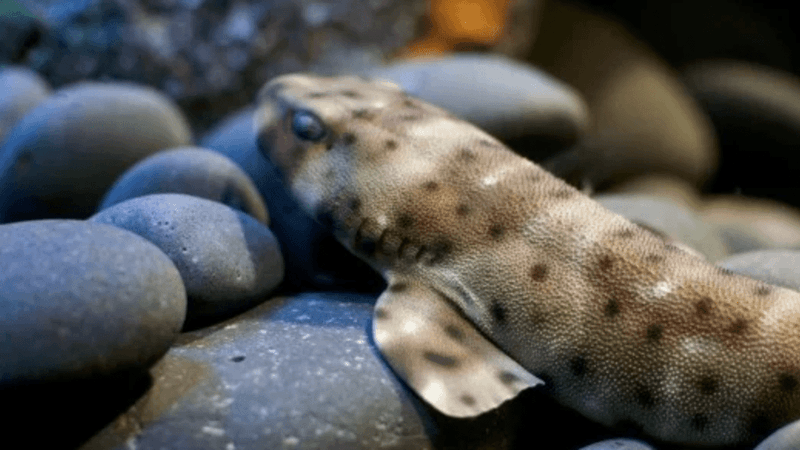
Handling your pet shark requires caution and care, as improper handling can cause stress and injury. Sharks have sensitive skin that can be easily damaged, so it’s important to handle them as little as possible and only when necessary.
When you must handle your shark, always use wet hands or gloves to minimize damage to their skin. Supporting their body properly and minimizing time out of the water are crucial to their safety. If you are unsure about handling techniques, seek guidance from a marine professional.
In situations where handling is necessary, such as tank cleaning or health checks, preparation and calmness are key. Having the right tools and a clear plan will ensure a smooth process. Remember, the less you handle your shark, the better, as they thrive best when left to their own devices within their carefully curated environment.
8. Understand Behavior And Needs

Understanding your pet shark’s behavior and needs is vital for its happiness and health. Sharks have complex behaviors and recognizing their signals helps in creating a supportive environment. Investing time in learning about your shark species’ specific traits and requirements can enhance your ability to care for them effectively.
Books, online resources, and consultations with marine experts provide valuable insights into shark behavior. Understanding signs of stress, happiness, and illness allows you to make informed decisions about their care. Observing your shark closely and learning its unique personality traits will strengthen your bond.
Each shark is different, and their needs can vary widely. By dedicating time to study and observe, you become attuned to your shark’s preferences and behaviors. This knowledge empowers you to create a habitat that caters to their unique needs, ensuring a fulfilling and joyful life for your fascinating aquatic companion.






